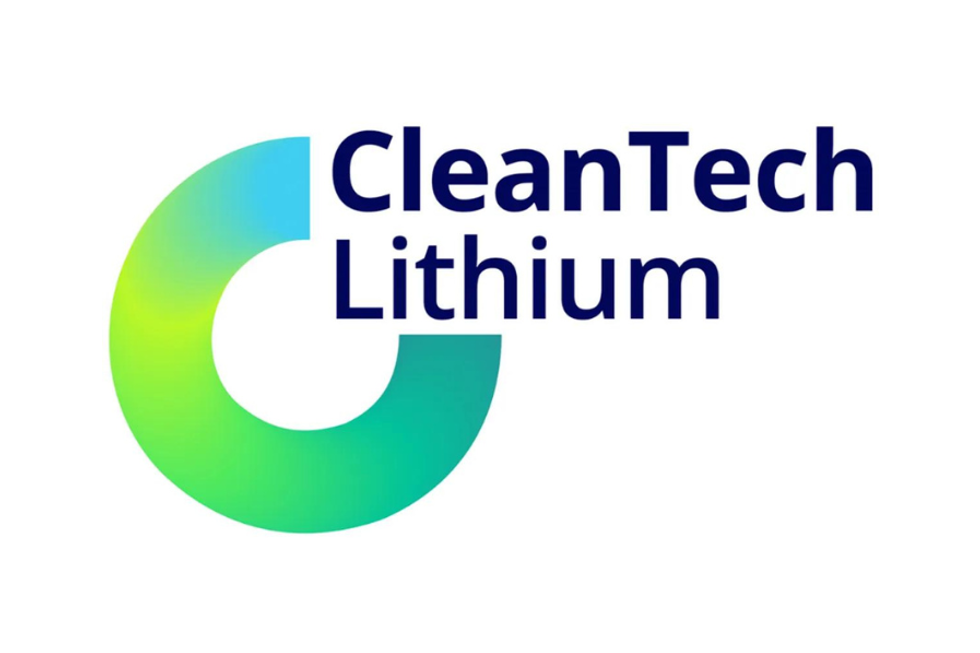Canaccord: Lithium Needs US$30 Billion to Meet Long-term Demand

Canaccord’s Reg Spencer, who is bullish on the future of battery metals, says lithium needs US$30 billion to meet long-term demand.
To meet the demand expected from the battery space, the lithium industry will need US$30 billion invested in upstream capacity, according to Reg Spencer of Canaccord Genuity.
“To put that number into context, the lithium market last year was worth US$4 billion,” he said at a conference in Melbourne. “(To reach US$30 billion) the industry is going to need significant investment from equity markets, from industry participants, to make sure that supply is there when it is needed.”
For Spencer, who is bullish on the long-term future of battery metals, the current market conditions have only exacerbated this underinvestment.
“This could lead to a return to the supply crunch price scenario levels seen in lithium in 2017,” he said. “We are positive in the long-term outlook for battery metals and see growth opportunity in the current point in the cycle.”
By 2025, Canaccord expects lithium demand to increase to almost 1 million tonnes per year. Demand for other battery metals is also expected to rise, with cobalt demand surging by 168 percent, nickel demand by 64 percent and demand for batteries jumping by almost 1,000 percent.
Looking even further down than the road, by 2030 the firm expects lithium to increase to almost 10 times its current market size and cobalt by four times; nickel demand is seen doubling.
Discussing how the battery metals market reached the current state, Spencer said that the space has seen a significant response from the supply side in recent years amid staggering demand — with the slowdown in Chinese vehicles being a key catalyst.
“Most battery materials markets are small — at least for now — relative to the supply response we’ve seen,” he explained. “We’ve also had some shortcomings from some entrants into the market — delayed projects, finance failures, product that doesn’t meet specifications and so forth.”
The expert also gave a snapshot of each metal and how prices have been trading in 2019, with lithium down on average by 50 percent.
“In the past three to four months, we’ve had a significant amount of (news) from a number of producers in the market curtailing capacity, with approximately 200,000 tonnes of (lithium carbonate equivalent) capacity being cooled down until at least 2023,” he said.
But the expert is positive on the future, which he believes will be driven by the energy storage and electromobility mega trends.
“What we are witnessing today on these battery metals is merely a point in what looks like a long-term commodities cycle,” he said. “Now, if we are right, the current cycle is a precedent to a larger and more sustained increase in demand over the long term.”
According to Canaccord estimates, global battery capacity will increase by 550 percent by 2025 to about 700 gigawatt hours, growing at a compound rate of about 20 percent. That represents about 11 million Teslas or 26 billion iPhones.
However, Spencer acknowledged that recent data points to a global slowdown in auto sales, with a lot of that slowdown driven by China and subsidy changes.
“If the past is any indication of what will happen in the future, what we see is that as the market absorbs the real costs of the removing of the subsidies, (electric vehicle) sales start to increase and likely this trend will continue in the future,” he said.
Speaking about how the battery metals market may react, he said Canaccord forecasts lithium will remain imbalanced until 2025 — when demand is estimated to go parabolic and uncertainty over where supply will come from will hit the market.
“We are currently experiencing this short-term imbalance in the market ahead of what we see as significant undersupply,” Spencer noted. “The longer these cycle lows persist, the greater risks they pose for the supply side to keep up with demand in the long term.”
According to his numbers, lithium projects miss their timelines by at least 18 months on average.
“When you remove significant supply from the market and poor market conditions prevent or impede projects getting financed, it only serves the effects of these delays taking a bit longer,” he said.
The expert explained that battery chemical projects are capital intensive, and in the case of lithium, on average it will cost US$15,000, or probably more, to bring on every tonne of new capacity.
“When we look at where lithium prices are trading today, we don’t have pricing that is at a sufficient level to incentivize investing in new capacity, and this is going to be a significant problem in the long term in our opinion,” said Spencer.
Don’t forget to follow us @INN_Resource for real-time updates!
Securities Disclosure: I, Priscila Barrera, hold no direct investment interest in any company mentioned in this article.





